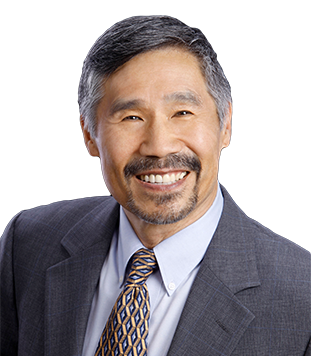
City of Livermore, CA Quiz
Q – Who were the original inhabitants of Livermore?
A – Ohlone (or Costanoan) native people.
Q – How many people live in Livermore today?
A – It had an estimated 2014 population of 86,870 making it the most populous city in the Tri-Valley.
Q – Who founded Livermore?
A – The town was founded by William Mendenhall in the 1840’s.
Q – How did Livermore get its name?
A – Town founder, William Mendenhall named it after Robert Livermore, his friend and a local rancher who settled in the area in the 1840s.
Q – What’s the most famous institution in Livermore?
A – Livermore is the home of the Lawrence Livermore National Laboratory. The Laboratory’s science and engineering are being applied to achieve breakthroughs for counterterrorism and nonproliferation, defense and intelligence, energy and environmental security.
Q – How many wineries are there in Livermore?
A – In 2016 there were 53 wineries. The region is one of state’s oldest wine regions, with a history dating back to the 1760s. In the 1840’s Robert Livermore planted the first commercial vines here. The valley’s wineries were the first to bottle the varietal labeled Chardonnay, Sauvignon Blanc, and Petite Sirah. Roughly 80% of California’s Chardonnay vines can trace their genealogy back to the Livermore Valley Wine Country.
Q – Who was Robert Livermore?
A – Robert Livermore (1799-1858) was a British citizen who had jumped from a British merchant sailing ship that stopped in Monterey, California, in 1822. He became a naturalized Mexican citizen and worked for a number of years as a ranch foreman. He got his rancho in 1839 and was interested in viticulture and horticulture and was the first in the area in 1846 to direct the planting of vineyards and orchards of pears and olives.
Q – What chemical element is named for the area?
A – Livermorium is in the periodic table
Q – How did the closure of the California missions, as demanded by the government of Mexico, from 1834 to 1837 affect Livermore?
A – The land and property of the missions was turned into about 600 extensive ranchos.
Q – Where was the Livermore Ranch post office from 1951-1853?
A – In Robert Livermore’s home.
Q – What spurred the population growth of Livermore between 1869 and 1903?
A – The original Western Pacific Railroad Company in 1869 built its railroad connection from Oakland to Sacramento over the nearby Altamont Pass in the east and Niles Canyon on the west with a stop in Livermore on land donated by William M. Mendenhall. This made Livermore a “railroad town” and greatly accelerated town growth.
Q – What was the original name of Livermore High?
A – Union High School.
Q – Until 1875 what sport did the townspeople enjoy on Sundays?
A – Bull fights.
Q – Why has Livermore become such a thriving wine growing region?
A – It has a Mediterranean climate, gravelly soil, warm days and cool nights making it a good location to grow wine grapes.
Q – How did the Lawrence Livermore National Laboratory get established?
A – In 1942, the U.S. government bought 692 acres of ranch land, bounded by Vasco and Greenville roads and East Avenue, and built the Livermore Naval Air Station. The primary mission of the base was to train Navy pilots. This facility operated until it was decommissioned in 1946 after the end of World War II. On January 5, 1951, the Bureau of Yards and Docks, U.S. Navy, formally transferred the former NAS Livermore in its entirety to the Atomic Energy Commission for use by the University of California’s Radiation Laboratory. In 1952, the government established Lawrence Livermore National Laboratory.
Q – How did the Lawrence Livermore National Laboratory get its name?
A – It was named after famous physicist Ernest O. Lawrence for the study of nuclear energy like the research being done at the Los Alamos National Laboratory.
For information about buying or selling a home in Livermore please contact Michael “Soon” Lee, CRS, GRI at (925) 864-8848 or michael@rogbmc.com.

